Greek coins has an ancient history that begins centuries ago. On this page we will give a general look at their history and an introduction on the most used coins, the rarest and the most interesting coins.
Introduction to Greek Coins Ancient
We can easily say that Greek coins ancient are among the most beautiful and sought after for what concerns modern numismatics. The old ancient Greek coins in fact have reliefs, engravings and techniques of realization really unique in their kind.
To make this journey through the coinage of one of the largest and most important civilizations of the ancient world, however, it is essential to divide the various classes of coins in historical periods.
In this way we will have a greater clarity of analysis and to be able to better understand what are the concepts covered in the vast subject of ancient Greek coins.
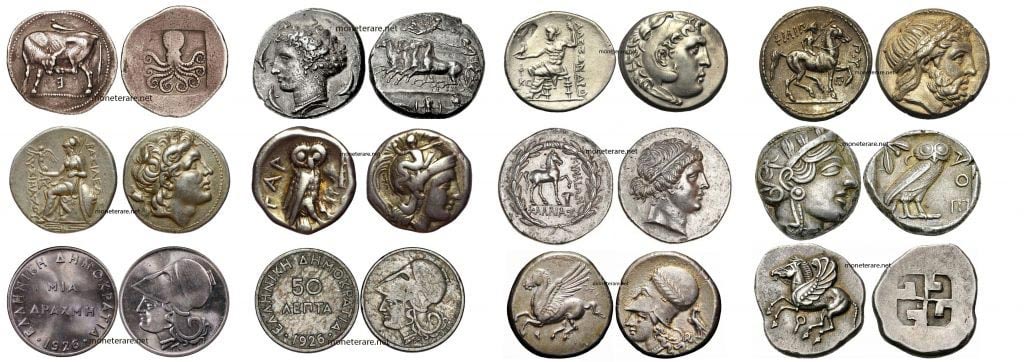
What we will analyze specifically are three historical periods defined as archaic, classical and Hellenistic.
It is useful to specify that these periods have completely different peculiarities among them even if the coins all have in common the fact of being minted with the hammer technique and with detailed images resulting from the work of renowned and known artists.
Archaic period
What we might call the archaic period of the Greek currency begins with the introduction of coins into the Greek economy.
We are talking about a historical period that starts from about 600 BC. In this period the coins were much coarser and little worked compared to the models of the later periods. We speak in fact of small coins in gold or silver that bore the name of the city of origin and in some cases the value of the piece.
With the passing of the years, however, the technique was refined more and more and two main innovations were introduced.
The first was the shape of the coins made into a disc. The second was to represent a deity or a symbolic animal in such a way as to differentiate the various coins between them. However, it must be said that at the time in Greece there were many different cities, each with its own coin.
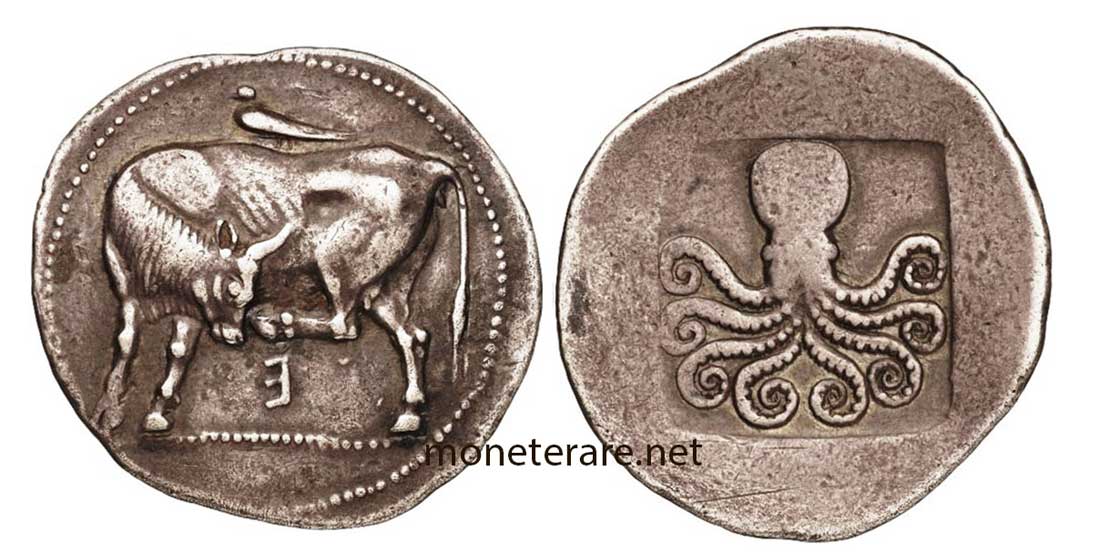
Precisely for this reason it was thought to make coins with the same denomination (greek coins value) for all cities even if each had the opportunity to place its symbol on top. If we want to make a comparison with the current situation, we are talking about a system very similar to the one adopted by the European Union with the Euro.
The main currency of exchange was the drachma, to the point that in 510 BC Athens made the tetradrachma which had the value of 4 drachmas and was spread throughout the Greek world of the time.
Classic Period
In the classical period the Greek currency underwent some very important stylistic and structural improvements.
In fact, they began to produce coins aesthetically better and better and the big cities now used gold and silver to create unique pieces.
It began to spread in this period the custom that would accompany the coins until the present day or that of placing on one side a portrait (in that case a deity or a governor as today) and on the other a symbol of identification combined with the greek coins value itself.
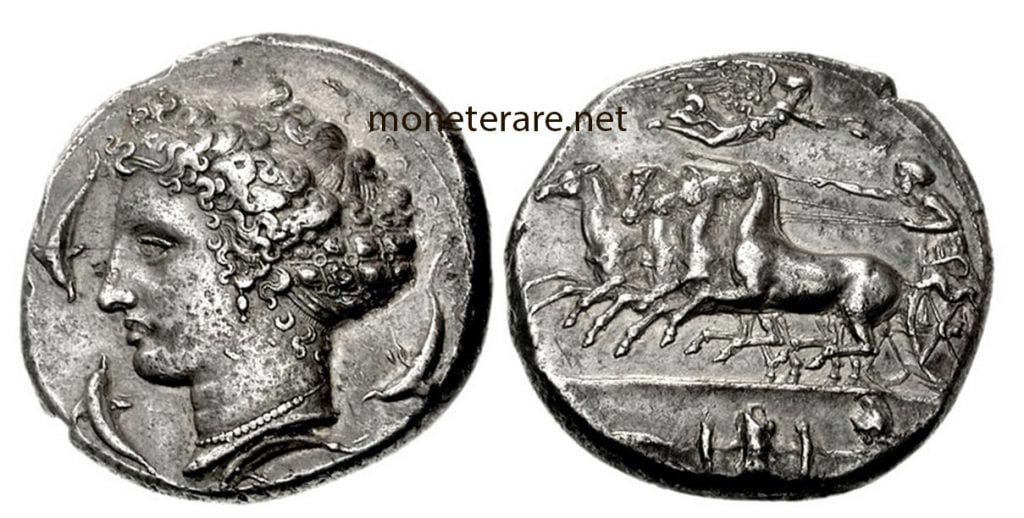
New coins, such as decadrams, which were worth ten drachmas, also spread and, in this period, the custom and tradition of making commemorative coins was born.
In fact, Athens produced the first commemorative coin following the Greek victory in the Punic Wars. This ancient Greek coin represented an owl with spread wings and an olive branch, the symbol that Athens had won the war. It also meant that Athens was a peacemaker.
Hellenistic period
Finally, the history of ancient Greek currency also goes back to the Hellenistic period when Greece began to expand into much of the world then known.
The Greek currency therefore began to spread in many kingdoms of the time and, precisely for this reason, production was increased exponentially. The quantity of coins increased as well as their size and in general the preferred material became gold.
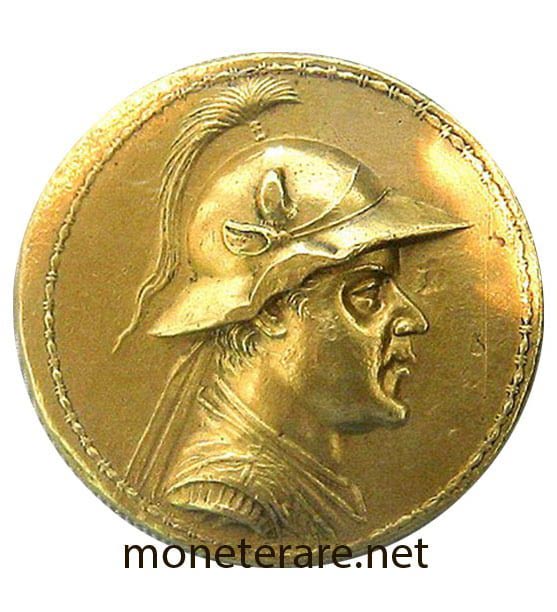
However, it has to be said that despite the spread of Greek currency was greater, the aesthetic quality of previous periods was gradually losing. Except for a few rare examples of Greek coins as the largest gold coin ever made in that period depicting the sovereign Eucratid King who reigned from 171 to 145 BC.
The peculiarity of the Greek coins of this period was precisely the use of portraits of living people instead of deities. The characteristics have something familiar with today’s coins, with the portrait usually in profile and the name of the sovereign on the back of the coin.
Modern history of Greek coins
The modern history of Greek coins is inextricably linked to the ancient Greek coins.
Starting from the name in fact (drachma) the modern Greek coin takes in some ways those that were the characteristics of antiquity.
Specifically, the coin was reborn in 1832 after the conquest of independence and the establishment of the modern state of Greece. In this same period Greece joined the Latin Monetary Union. In fact the greek coins value of the drachma was the same as the French francs and the Italian lira.
However, the value of the Greek currency was destined to collapse disastrously. During the Nazi occupation between 1941 and 1944, the currency lost its value due to continuous looting and hyperinflation.
With the end of the occupation in 1944 a new drachma was introduced which completely replaced the old one.

Specifically, the exchange rate was 50,000,000,000:1. On January 1, 2001, Greece officially joined the European Economic and Monetary Union, adopting the Euro for all purposes. The proposed exchange rate was set at 340.75 drachmas for 1 euro. About a year later, on March 1, 2002, the drachmas were completely withdrawn from the market.
Value and classes of the drachma
In order to fully understand the value of the Greek coin before the changeover to the Euro, it is worth analysing also the various coins and banknotes in circulation:
Greek Coins:
- 50 lepta (0,147 eurocent)
- 1 dracma (0,293 eurocent)
- 2 dracme (0,587 eurocent)
- 5 dracme (1,47 eurocent)
- 10 dracme (2,93 eurocent)
- 20 dracme (5,87 eurocent)
- 50 dracme (14,67 eurocent)
- 100 dracme (29,35 eurocent)
- 500 dracme (1,47 euro)
Greek banknotes:
- 100 dracme (29,35 eurocent)
- 200 dracme (58,69 eurocent)
- 500 dracme (1,47 euro)
- 1000 dracme (2,93 euro)
- 2000 dracme (5,87 euro)
- 5000 dracme (14,67 euro)
- 10000 dracme (29,35 euro)
Rarest Greek Coin Ancient
As we have seen, the Greek currency has undergone many changes over the years, becoming more and more defined. At this point, a question arises:
What are the rarest ancient Greek coins and how much are they worth?
We remember that these greek coins values refer to the physical sale of these coins generally purchased by numismatic collectors and people who are passionate about this kind of articles.
Let’s see in detail what are the rarest ancient coins and what is their actual value.
Tetradracma Aeolis Kyme
Period 190 – 145 B.C.
Let’s start right away with an ancient Greek coin that is highly sought-after and may be worth a small fortune. It refers to a piece minted between 190 and 145 BC in Aeolis, an area located in Asia Minor, and Kyme a Polis located in the province of Naples famous for cultural and trade exchanges.
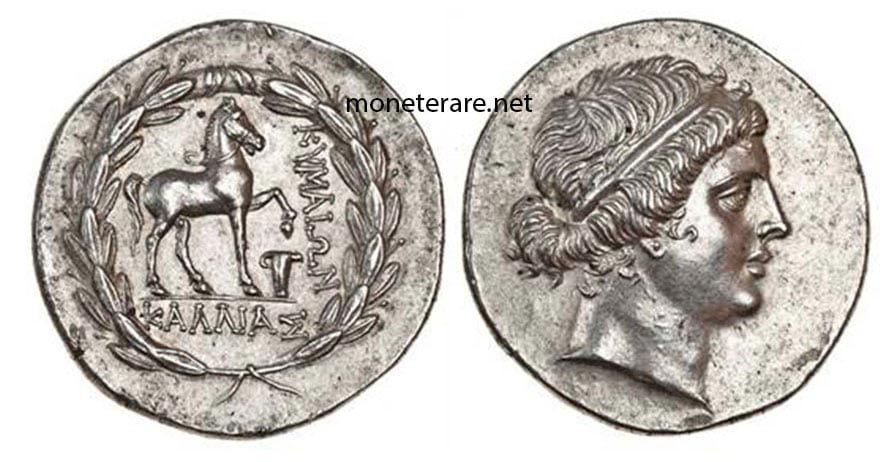
Specifically, it is a Tetradrachma coin with a face on the obverse and engravings with a biga on the reverse that indicate precisely the place of origin. The weight is about 14.87 grams and has a current value that is around €625 in state BB (beautiful)
Corinthian Stater
Period: 345-307 B.C.
Let’s deal with another really interesting Greek coin. This time we are talking about a Stater, a coin very common in mainland Greece and a little less in central Greece. Specifically, the piece in question was minted in Corinth in the period between 345 and 307 BC.
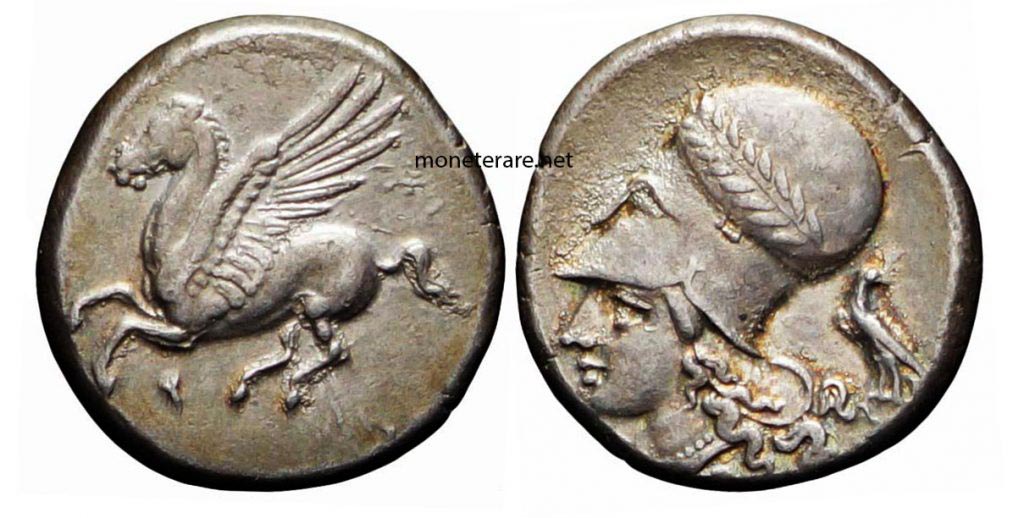
The weight of this coin is 8.5 grams and has a rating of around €530 for pieces kept in very good condition.
Macedonia Philip II / Tetradracma
Period: 359-336 B.C.
We are still talking about a very common Greek coin: the tetradrachma. As said this coin in ancient Greece had the value of ten drachmas and was therefore a very popular currency for trade. Specifically, this piece was minted in Macedonia between 359 and 336 BC.

The obverse represents Philip II in a profile bust bearing the laurel wreath on his head. On the reverse of this Greek coin there is a man on horseback. We are talking about a 14.32 gram silver coin which has an approximate value of €840.
Macedonia Alexander III / Tetradrachma
Period: 336-323 B.C.
One more tetradrachma and again from Macedonia. This specimen, however, differs a lot from the previous one in what are its own characteristics. This time we are talking about a Greek coin produced between 336 and 323 B.C. and representing Alexander III on the obverse, represented also in this case in profile.
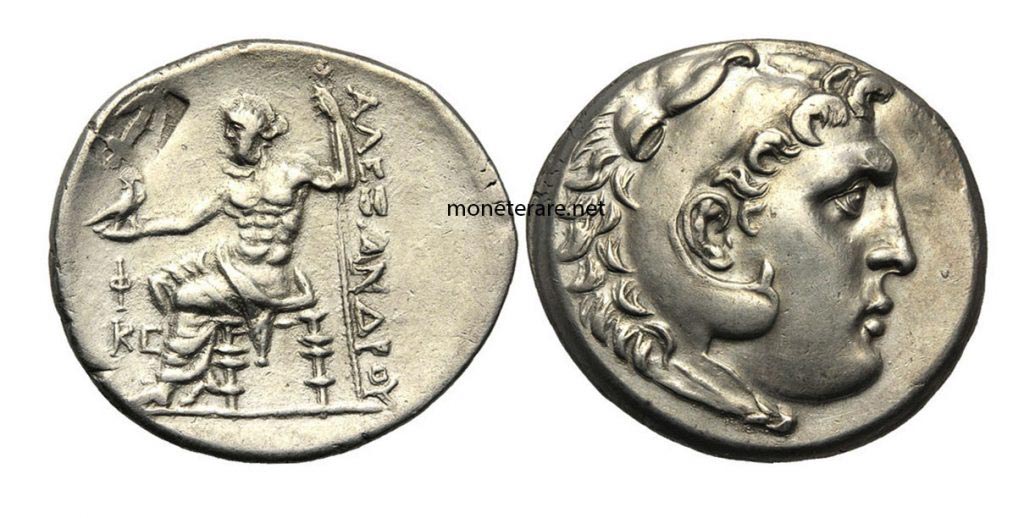
The coin is made of silver and has a weight of 17.02 grams with a total value of about €525 in state BB.
Thraki Lysimachus / Tetradrachma Rare
Period: 327-281 B.C.
Let us now go into detail with a really very rare and interesting Greek currency. This is a rare tetradrachma minted in Thrace between 327 and 281 BC.
The coin has some important peculiarities: on the obversr is represented Lisimaco. Lisimachus was a Macedonian leader and sovereign and was one of Alexander the Great’s dyados. The reverse instead depicts the goddess Athena with the owl.
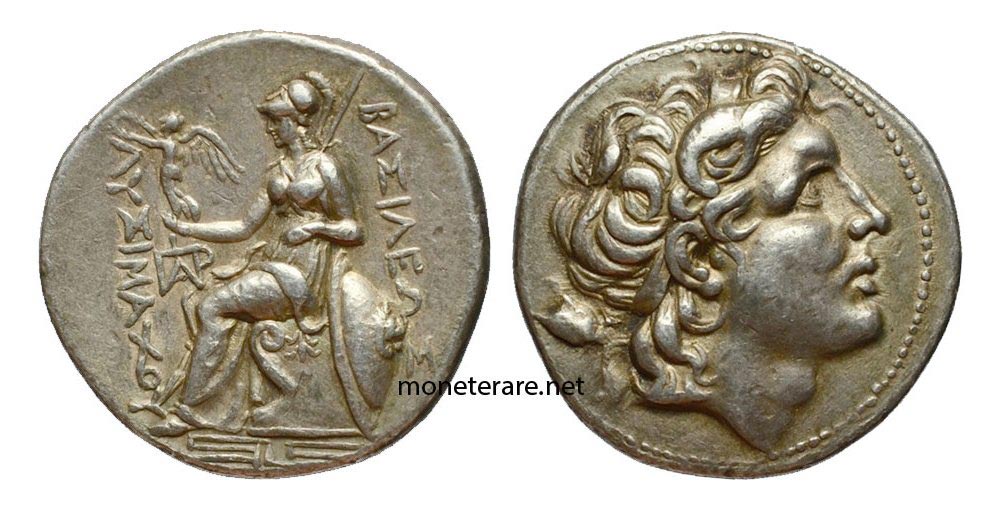
We are talking about a very rare coin made of Silver and weighing 16.97 grams. The estimated value for a coin in QSPL state is €985.
Calabria Taranto / Dracma
Period: 302-280 B.C.
Finally, let us conclude with a drachma, one of the most widespread and common coins in Ancient Greece, as mentioned above. This specific piece is originally from Taranto in Calabria and was minted in the period between 302 and 280 BC.
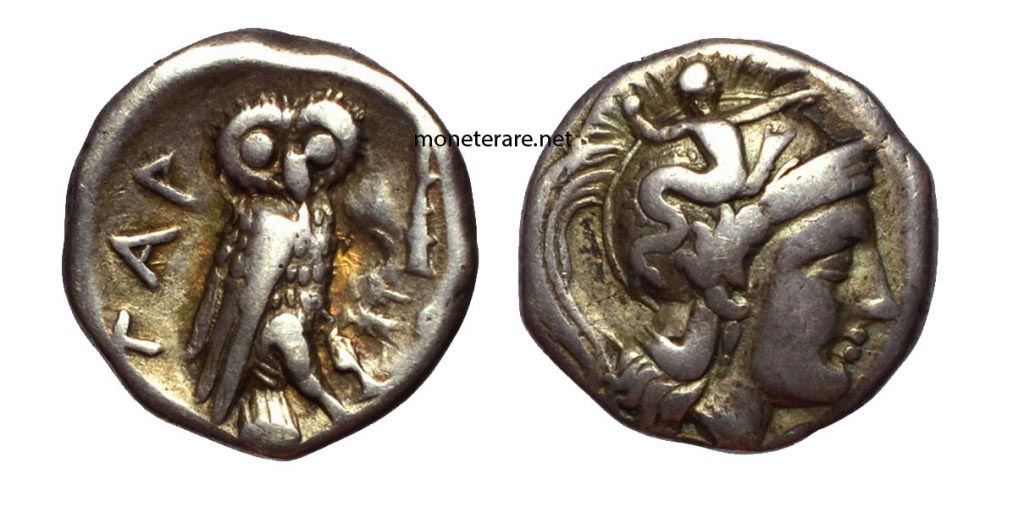
The coin, like the drachmas of the time, shows the goddess Athena in profile on the obverse, while on the reverse the owl is a widespread symbol. The piece is made of Silver with a weight of 3.23 grams with an estimated value of €395.
Tetradracma – Moneta Celtica Regione Danubio
Period: III Century B. C.
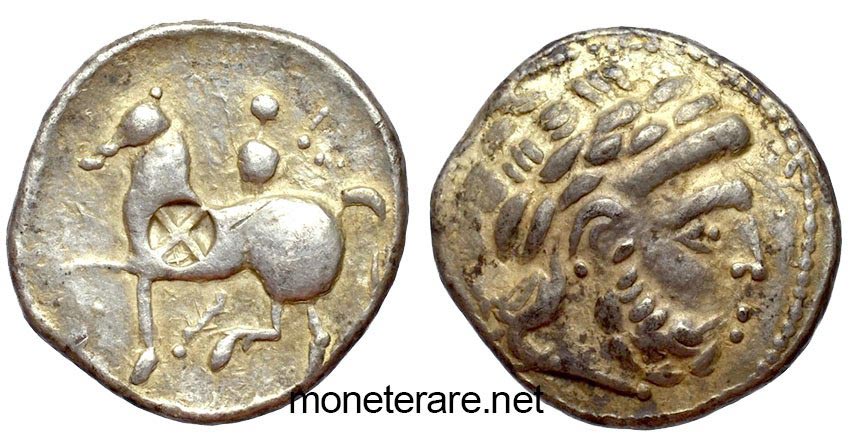
Greek coin of Celtic category, coming from the Danube region and dating back to the 3rd century B.C. This is a tetradrachma weighing 12.39 grams and worth 245€ in BB condition.
Dracma – Baktrian Menander
Period: 160-145 B.C.
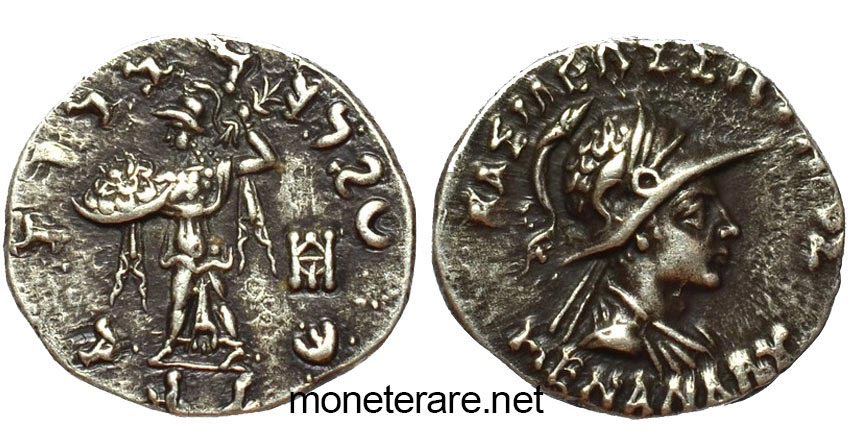
Coin from the Indian region dating back to 160-145 BC. It is a drachma weighing 2.45 grams and worth 90€ in qSLP condition.
Ancient Greek Coins For Sale
Do you want to add ancient Greek coins to your collection? If you are looking for a fast and safe way to buy some ancient Greek coins we can give you a useful tip.
The easiest, cheapest but at the same time safe and reliable way to buy coins is to use the online coin auctions.
If you own rare coins like these (or even other rarer coins), you can have fun and make money by auctioning them online. We always use this partner site to buy and sell coins at auction. It’s the largest online coin auction platform, and we highly recommend it. Auctioning coins, whether selling or buying, is easy and exciting
We’ve explained how it works on this page: where to sell and buy rare coins online.
You did not find what you were looking for? Check these topics:
- If you are looking for Euro Rare Coins then click here.
- If you are a numismatist and you want info on 2 Euro Commemorative Coins click here.
- The Rarest Lira Coin and their great value has been dealt with here.
- Pieces and their value of Italian 20 Lire Coin are described here.
- If you want info about Roman and Greek Coins and other Ancient Coins and their value, you can find it here
- We talked about how to clean the rare coins, here
- You will find everything about British Gold Sovereign Coins here.




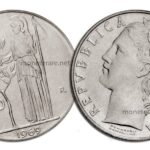
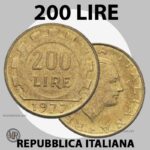
So like I have a seriously ancient Greek coin if I send you pictures could you give me some kind of idea if it’s worthless or actually worth something thank you
It depends of the quality. Go here:
https://en.moneterare.ne/how-to-buy-and-sell-coins-online/
open the website we do use for auctions and look up in the search box for “Ptolemy V Kings of Egypt”
You will see some example to have an idea of the price.
Ancient Greek 204-281 BC coin Ptolemy V Kings of Egypt. How much is it worth?